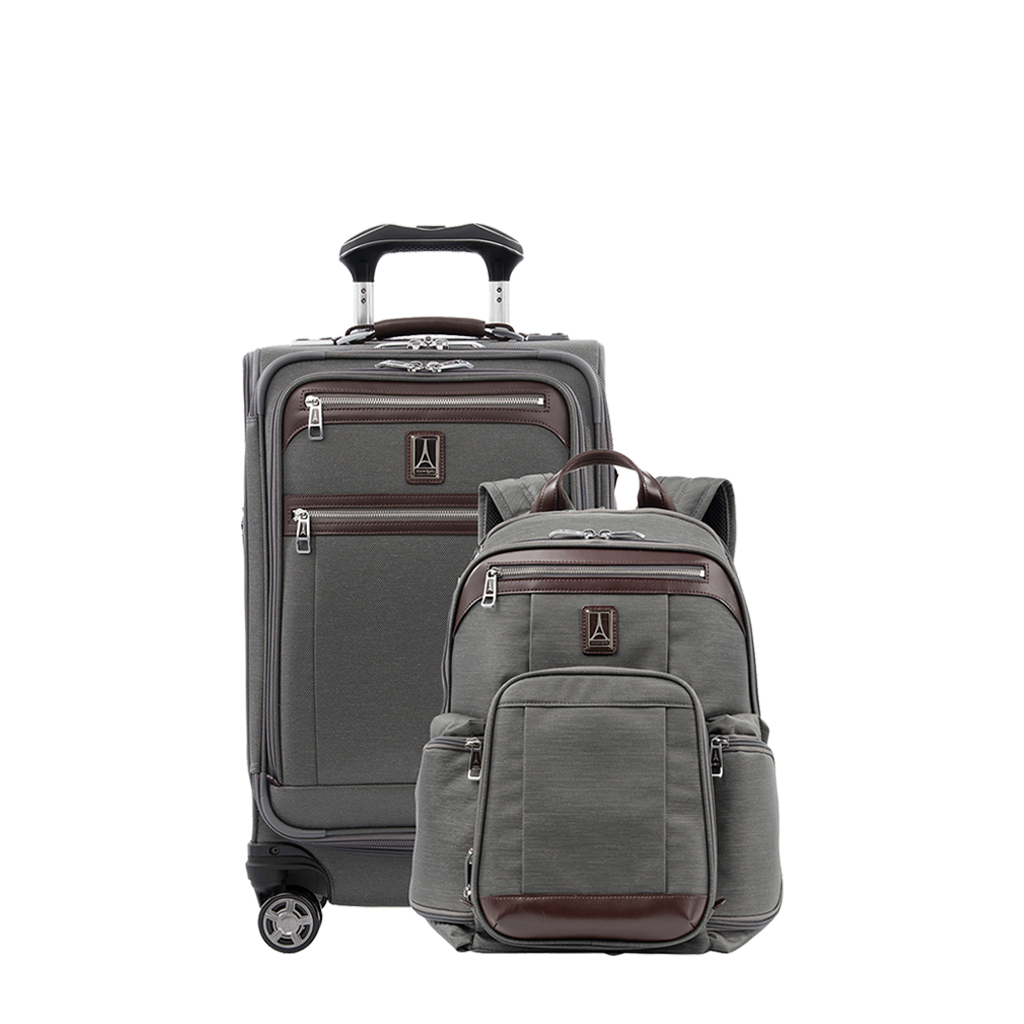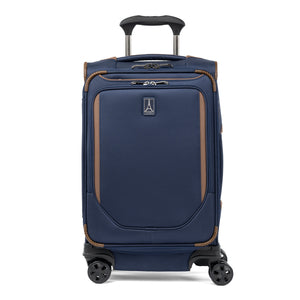Les voyages à l'étranger peuvent présenter des dilemmes différents de ceux effectués à l'intérieur d'un même pays. Vous devez faire face à des lois différentes, à un choc culturel et à de nouveaux aliments. Mais fonctionner sans votre téléphone mobile ou votre ordinateur portable ? Comment les gens se débrouillaient-ils il y a 100 ans sans électronique ?
Vous vous apprêtez à brancher votre ordinateur portable ou votre chargeur de téléphone portable sur le mur et vous découvrez que la prise ne ressemble à aucune autre que vous avez rencontrée auparavant. Il fallait le voir pour le croire, mais vous vous rendez compte que toutes les prises électriques ne sont pas à trois branches et que tous les pays n'utilisent pas la même tension que les États-Unis.
Ces deux éléments vous aideront à économiser vos appareils électroniques lorsque vous voyagerez dans un autre pays.Nous nous sommes donc tournés vers les experts de SmarterTravel.com pour obtenir de plus amples informations.
QUELLE EST LA DIFFÉRENCE ENTRE UN ADAPTATEUR ET UN CONVERTISSEUR ?
Dans certains pays, la forme des prises est différente de celle des États-Unis et du Canada. Dans d'autres cas, les prises ont la même forme, mais la tension et les hertz (Hz) sont différents, ce qui signifie que les cycles de l'électricité sont différents. Si vous vous trompez, vous risquez d'endommager votre appareil.
Examinons les deux options.
Dans les cas où la fiche a une forme différente, vous devez pouvoir vous brancher sur le mur avec votre connexion habituelle de type américain. Vous devez donc utiliserun adaptateurpour modifier la forme de la prise et faire en sorte qu'elle s'adapte.
Cependant, vous risquez d'endommager vos appareils électroniques si vous les branchez dans n'importe quelle vieille prise murale. En effet, la tension et les hertz qui sortent de la prise murale doivent être compatibles avec l'appareil qui y est branché.
Même si vous utilisez un adaptateur, vous pouvez causer des dommages si vous ne modifiez pas la tension ou les hertz. Dans ce cas, voici ce qui peut arriver :
- La polarité de l'adaptateur peut être inversée, ce qui entraîne un fonctionnement erratique de votre appareil. Votre appareil ne fonctionnera pas aussi bien qu'il le devrait et la batterie peut présenter des problèmes.
- Si la tension est trop élevée, elle peut endommager l'appareil en le faisant surchauffer. De nombreux appareils s'éteignent automatiquement, mais certains ne le font pas, ce qui peut entraîner des dommages permanents.
- Si le courant est trop faible, l'adaptateur peut surchauffer ou tomber en panne parce que l'appareil tire plus de l'adaptateur que ce pour quoi il a été conçu.
C'est là qu'il est important que vous ayez unconvertisseur de tensionplutôt qu'un adaptateur. L'adaptateur ne fait que changer la forme de la prise, le convertisseur change la tension et le hertz pour qu'il fonctionne avec votre appareil.
Si vous vous trouvez aux États-Unis ou au Canada, vos appareils électroniques fonctionnent avec du courant de 110 volts et de 60 Hz (hertz). Mais dans d'autres parties du monde, comme l'Europe et certaines parties de l'Amérique du Sud, ils utilisent soit du 220 volts, soit de l'électricité de 50 Hz (ou les deux).
De nos jours, la plupart des appareils de voyage modernes sont à double tension. C'est-à-dire qu'ils fonctionnent partout. Il suffit de changer la forme de la prise avec l'adaptateur. La meilleure façon de savoir si vous avez un appareil bi-tension est de regarder la brique sur votre câble de chargement. Selon SmarterTravel.com :
Comment savoir si votre appareil est bi-tension ? Vérifiez l'étiquette et/ou le manuel d'utilisation : S'il est indiqué quelque chose comme "INPUT AC 120 VAC 60 Hz 200 W", votre gadget est monotension et ne peut être utilisé que sur 120 V. Si vous voulez l'utiliser ailleurs, vous aurez besoin d'un convertisseur. Si vous voyez quelque chose comme "INPUT AC 120/240 V 50-60 Hz 1300 W", votre appareil est bi-tension et vous pouvez l'utiliser en toute sécurité pour des tensions comprises entre 120 V et 240 V. Dans ce cas, vous n'aurez besoin que d'un adaptateur de prise. Procurez-vous un adaptateur tout-en-un.
La plupart de ces adaptateurs électroniques se présentent sous la forme de grands blocs contenant plusieurs entrées pour les prises. Certains permettent également de contrôler la tension. Il est même possible de brancher plusieurs dispositifs et appareils. Vous pouvez les trouver dans la plupart des magasins d'électronique domestique, ainsi que sur Amazon.
Il existe des produits relativement bon marché, vendus entre 14 et 18 dollars, mais il est préférable d'opter pour des produits plus haut de gamme (60 dollars et plus), dont l'utilisation, la durabilité et la fiabilité sont mieux démontrées.
Enfin, vous pouvez vous aider en réduisant le nombre d'appareils électroniques et électriques que vous emportez. Au lieu d'emporter un rasoir électrique, emportez-en un jetable. Laissez votre sèche-cheveux derrière vous et utilisez-en un à l'hôtel ou achetez-en un bon marché à votre destination.
Enfin, si vous voyagez à l'étranger pour affaires, faites-vous une priorité de rechercher des informations sur l'électricité. Parlez-en à des collègues qui ont déjà voyagé à l'étranger. Vous saurez ainsi quels sont les appareils que vous devez emporter, ceux que vous devez laisser sur place et ceux pour lesquels vous devez vous procurer un adaptateur.
Lisez également des articles sur le pays dans lequel vous vous rendez. Ils vous guideront vers les appareils - convertisseurs et adaptateurs - dont vous avez besoin, et vous indiqueront peut-être même les meilleurs à acheter.
Comment gérez-vous vos appareils électroniques lorsque vous voyagez à l'étranger ? Comment les maintenir chargés ? Comment les protégez-vous contre les surcharges ou les dommages causés par le système électrique d'un autre pays ? Racontez-nous celasur notre page Facebook, ousur notre flux Twitter. Vous pouvez également nous retrouver sur notrepage Instagramà l'adresse @TravelproIntl.
Crédit photo :Phil Long (Flickr, Creative Commons 2.0)





